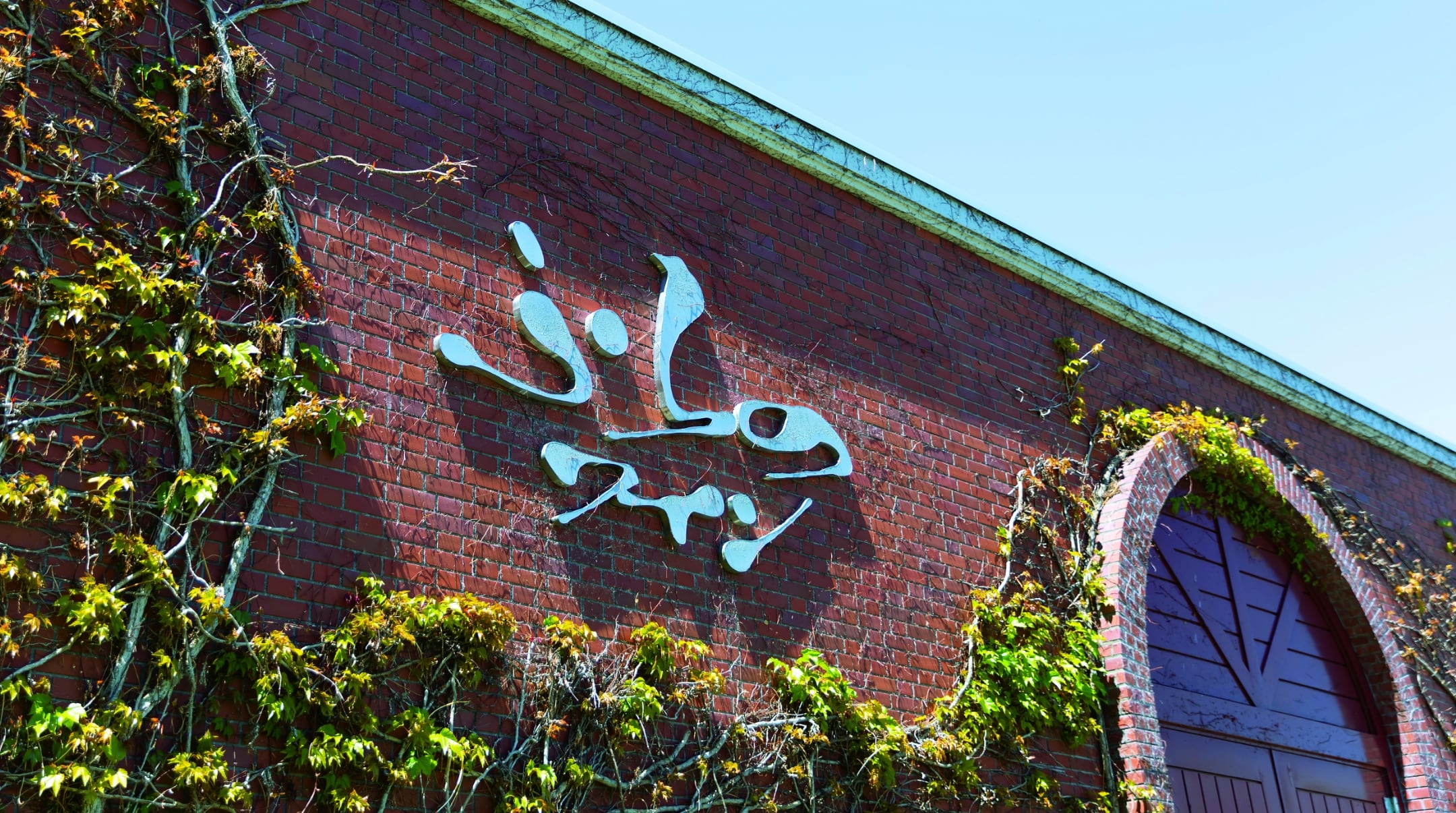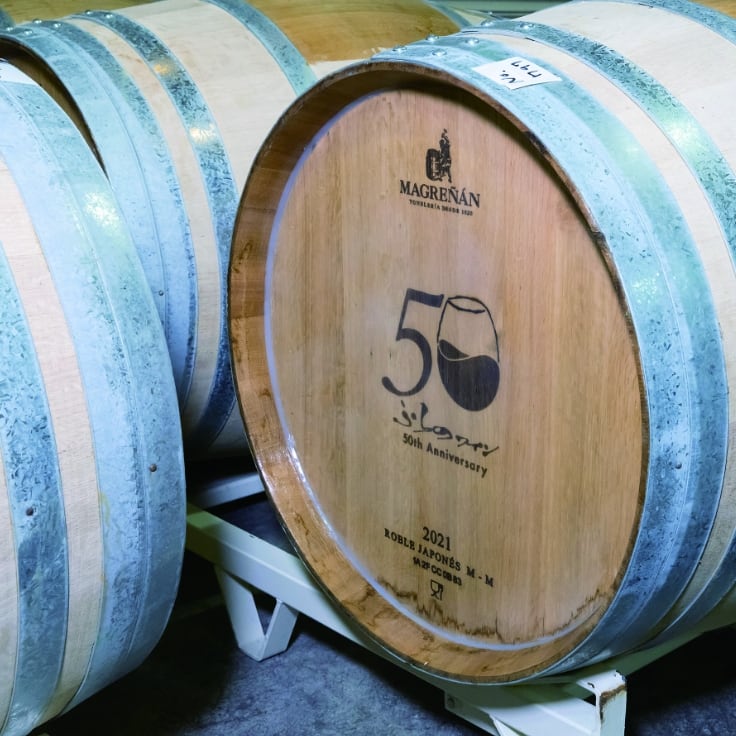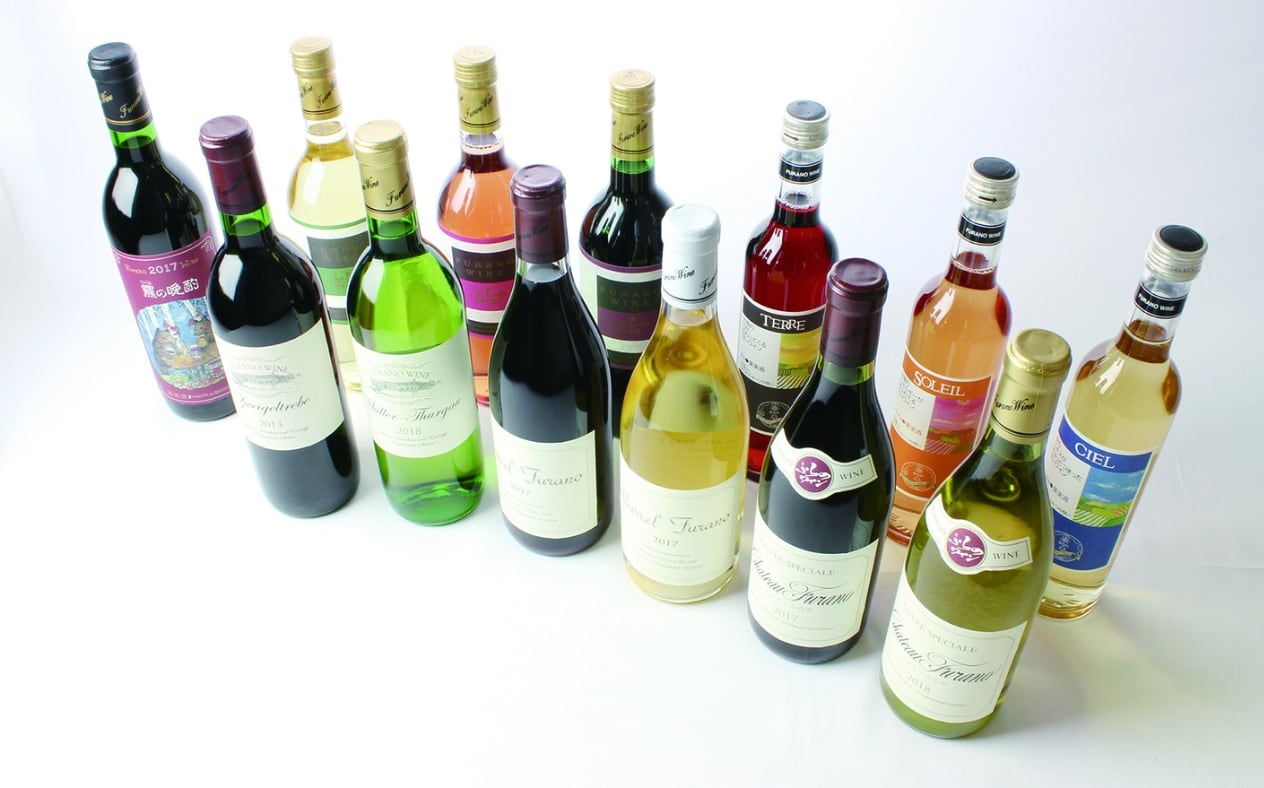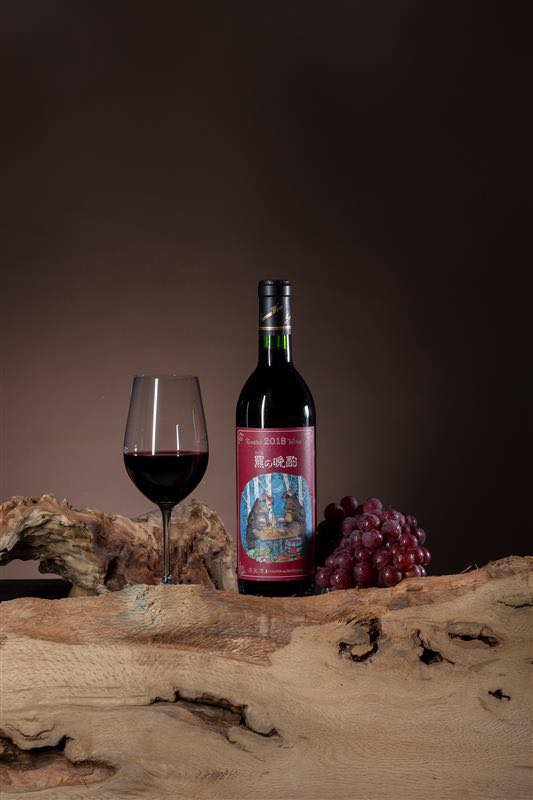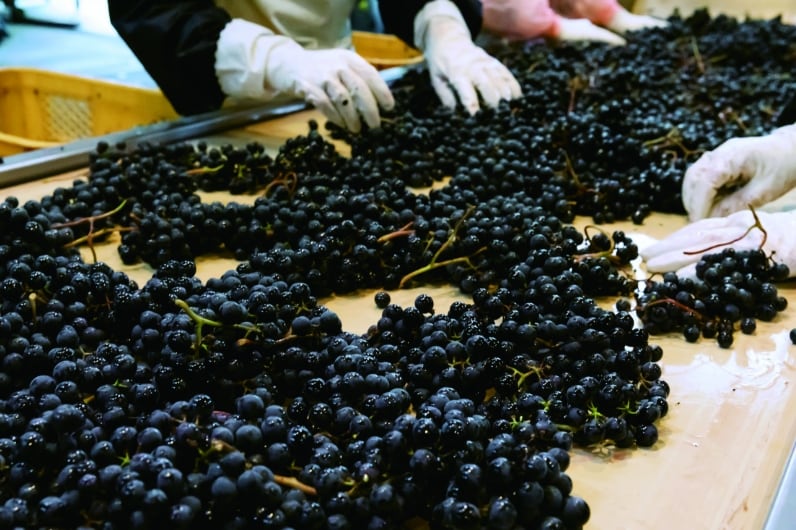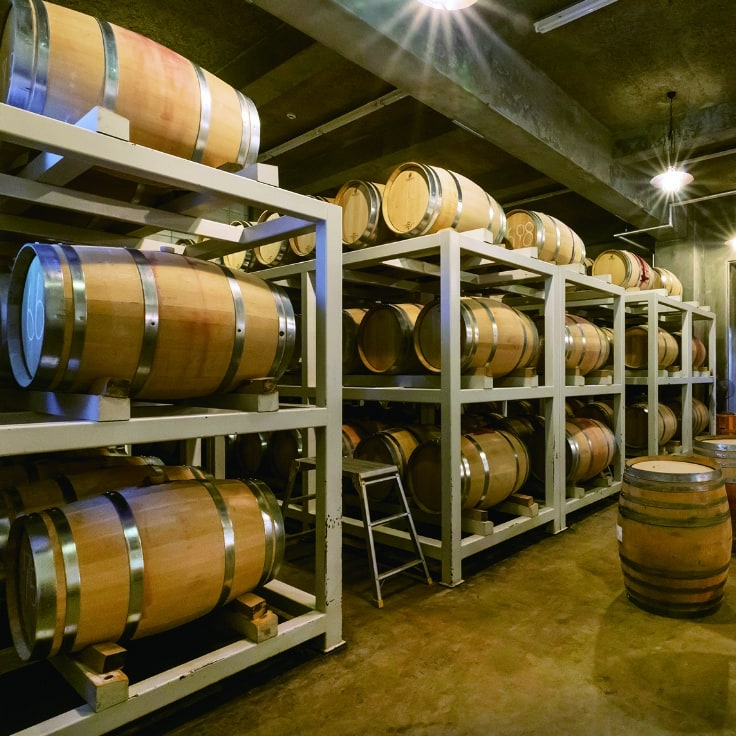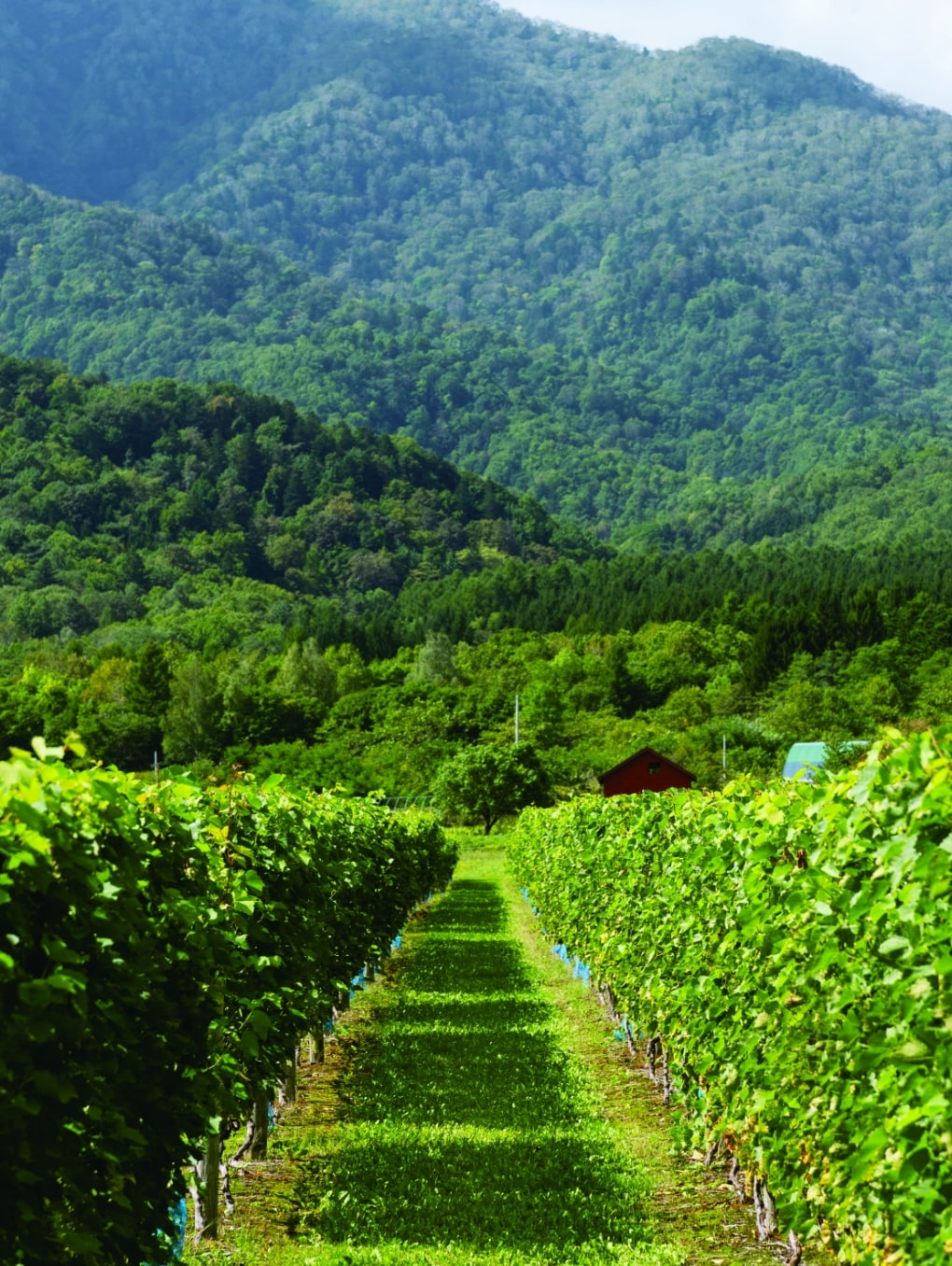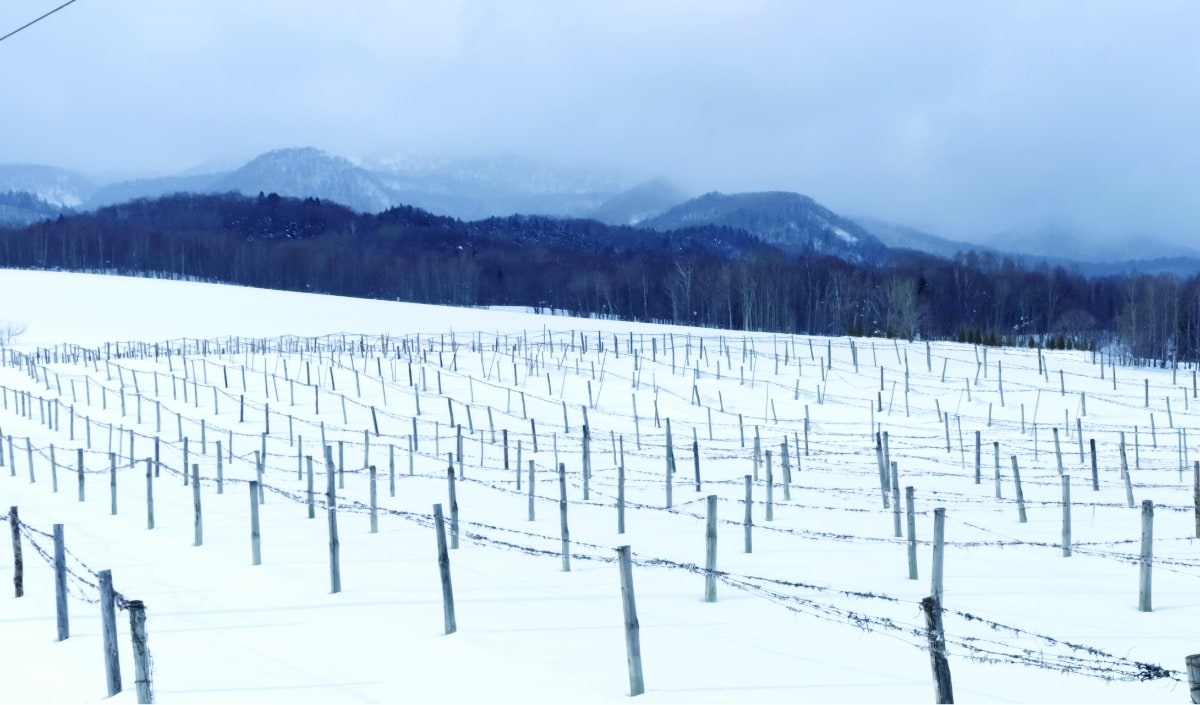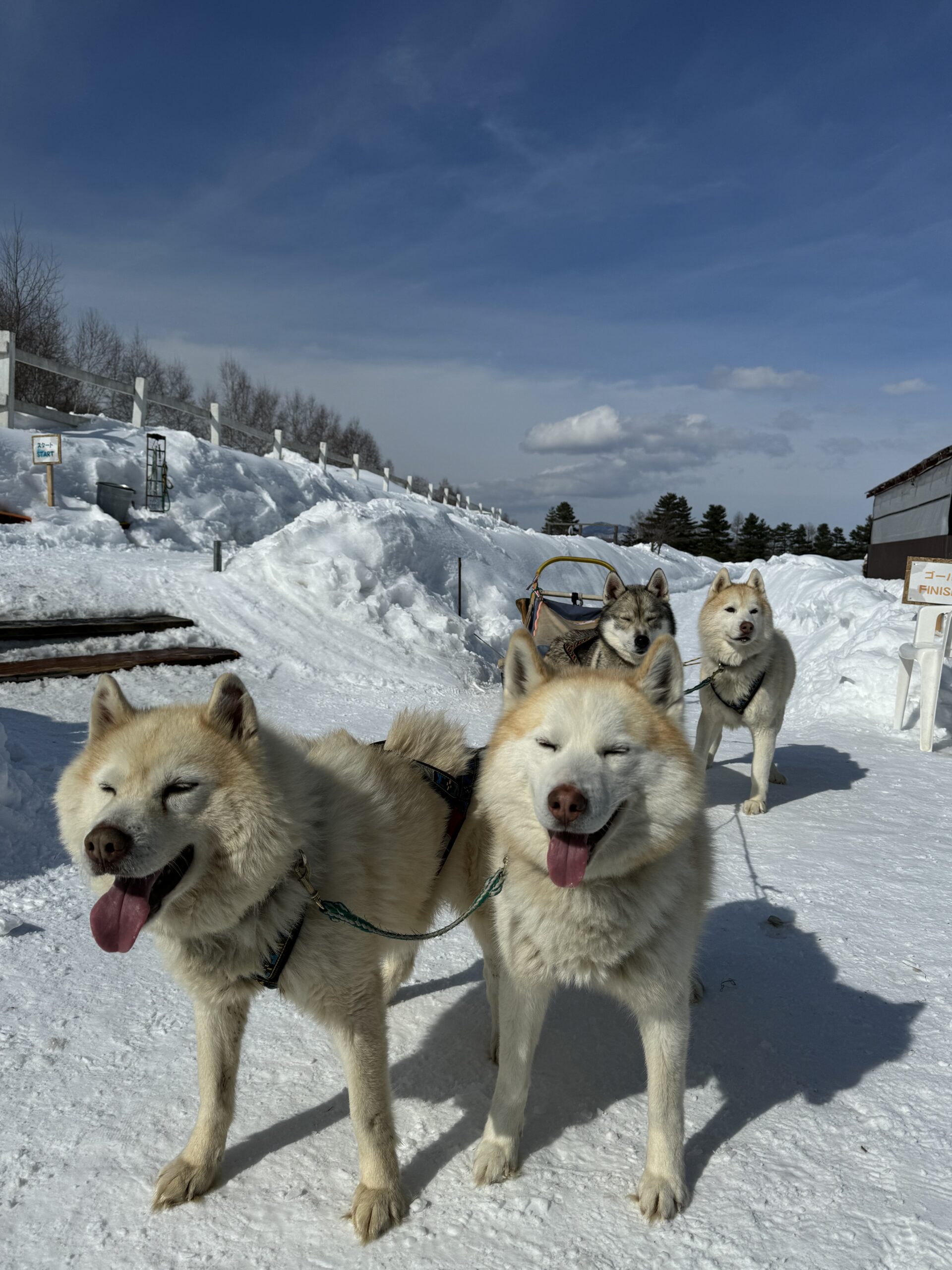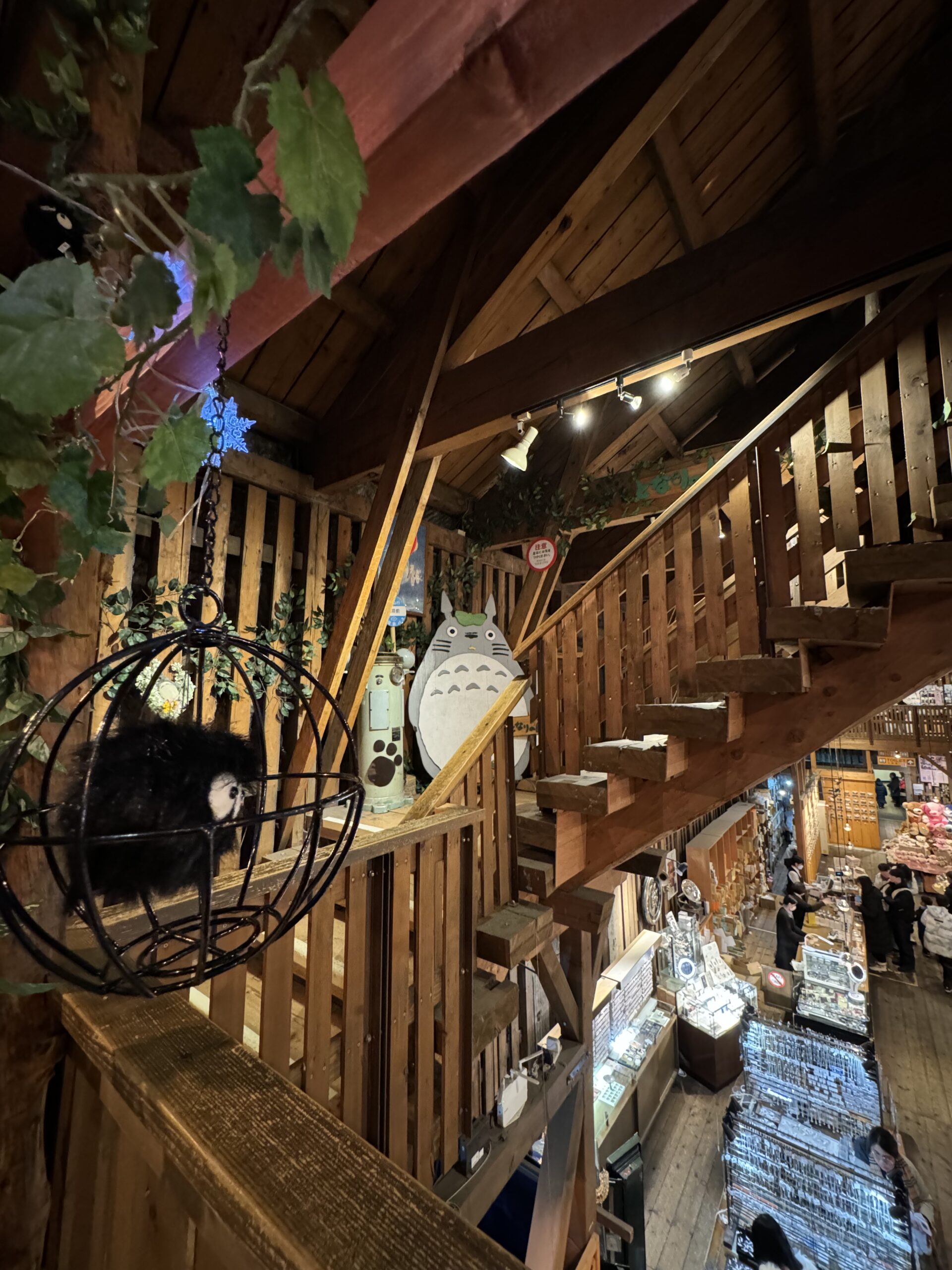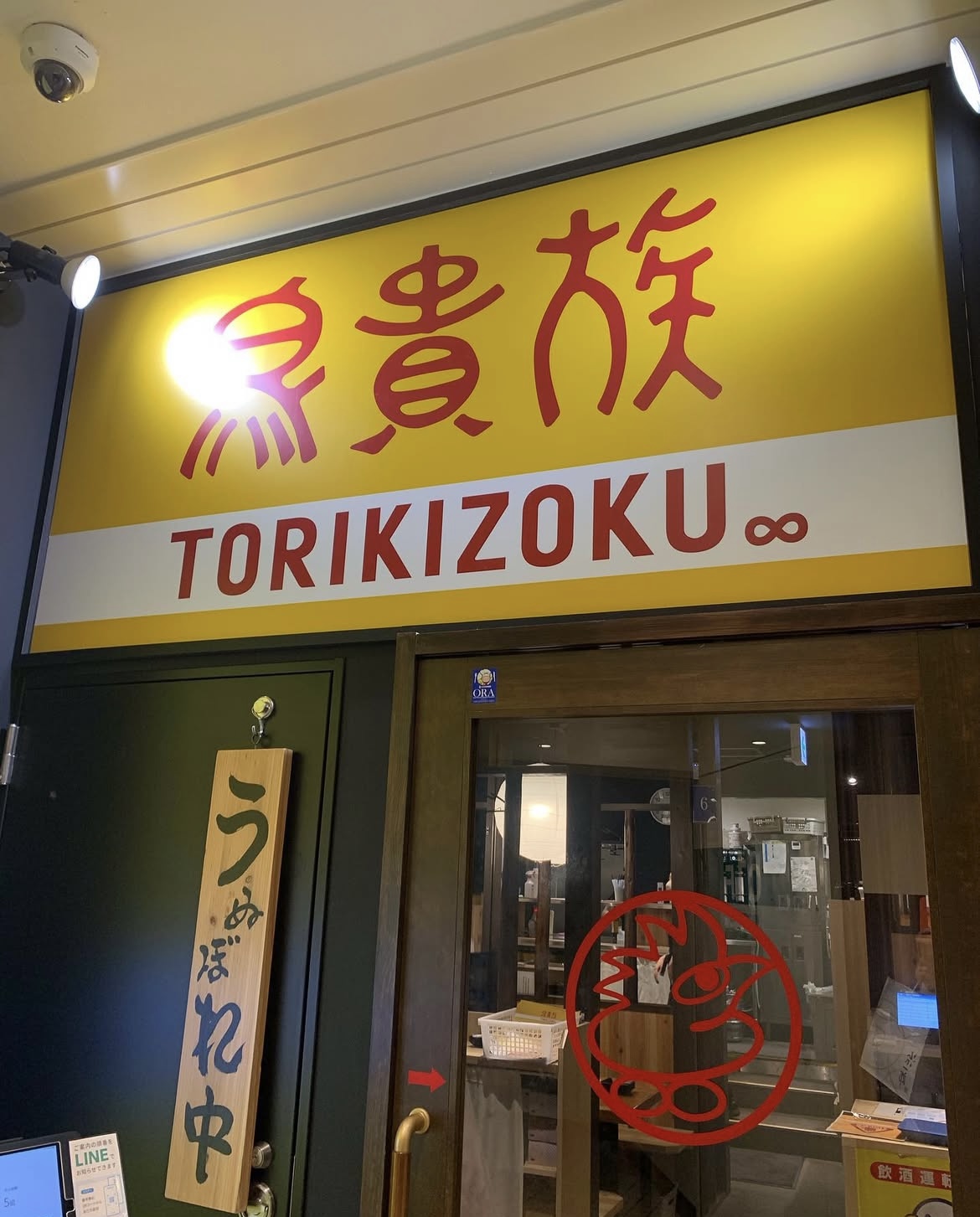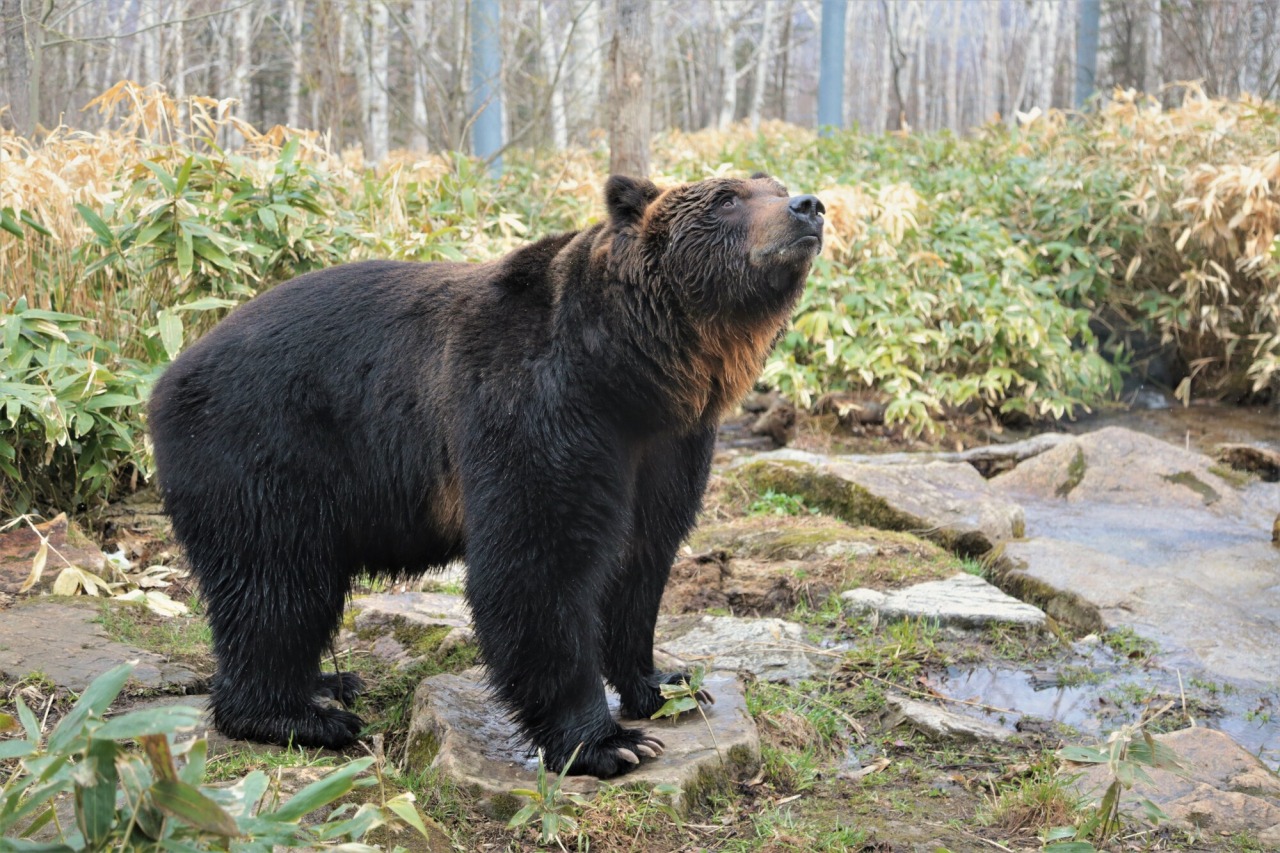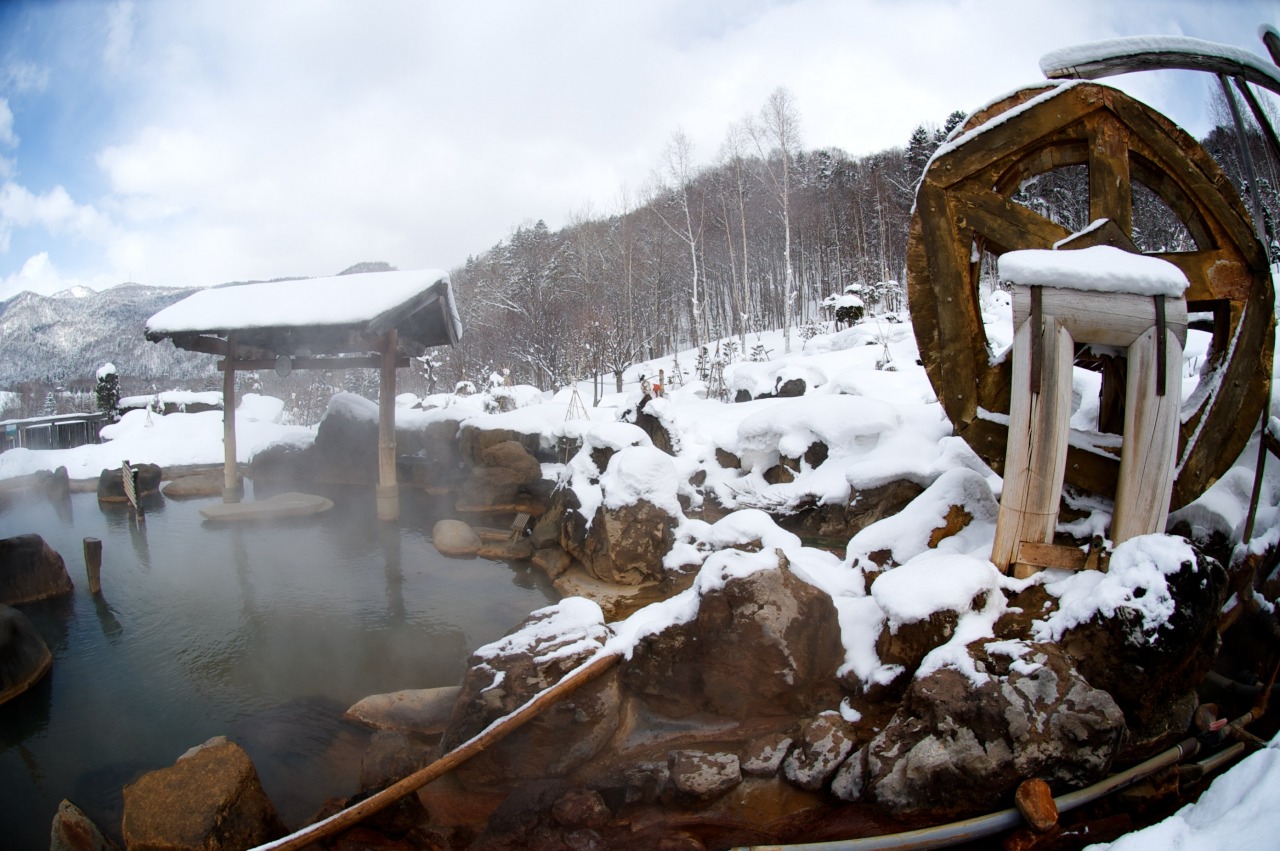

Things to do in Furano:Furano Winery
Greeting
More than half a century ago, in the 1960s. Other than the wild grapes that grow wild in the fields and mountains, there were no other vines in the land of Furano. The climate and climate are similar to Europe, the home of wine, so there was a growing interest in winemaking, and the Furano City Grape and Fruit Research Institute was established with the aim of cultivating grapes for winemaking. It has been over 50 years since its establishment. During this time, many passionate people have been involved in testing, research, and manufacturing development, leading to the Furano wine that continues to be widely loved today.
Get to know and enjoy the delicious wines that are filled with the passion of Furano producers.
この投稿をInstagramで見る
All grapes are from Furano Delicious wine comes from delicious grapes
While some wineries use imported grapes produced overseas, we have not wavered from our original basic policy of “promoting local agriculture through the wine business” and continue to make wine using grapes grown locally in Furano.
Since the establishment of the Grape and Fruit Research Institute, we have been working to improve the quality of grapes for brewing in cooperation with the Kamikawa Agricultural Improvement and Extension Center, the Central Agricultural Experiment Station, and contracted farmers.
この投稿をInstagramで見る
Furano No. 2 developed by the Grape Tree Research Institute
A new variety born in Furano
Wild grapes with high sugar content originally grow wild in Furano, and the Furano City Grape and Fruit Research Institute has developed an original new variety by crossing it with “Sabel 13053” and named it “Furano 2.”
This red wine, which takes advantage of the richness and acidity unique to wild grapes, is also known as “Kanbanban.” It is popular as a wine that is aged for one year in barrels and one year in bottles, allowing you to enjoy a deep, rich flavor.
この投稿をInstagramで見る
History of Furano Winery
The history of Furano Winery begins in 1972, when the Furano City Grape and Fruit Research Institute was established and test brewing of wine began. The following year, in 1973, grape cultivation began using the gravel land in the Yamabe area, and in 1975, two varieties of the “Sabel” variety, which is native to France, were planted as raw materials for wine. has been decided.
この投稿をInstagramで見る
In 1976 (Showa 51), the long-awaited “wine factory” was completed, and production began to be carried out in an integrated manner, from preparation to storage and commercialization. After prototypes were offered at events such as the Ski World Cup, sales began in 1978 as Furano Wine.
In 1979 (Showa 54), “Wine House” opened on the summit of Mt. Shimizu, which is blessed with natural scenery, and in 1980 (Showa 55), a fruit liquor manufacturing license was issued and a system was put in place to increase production. I was there. Later, in 1982 (Showa 57), 10 years after starting the wine business, we achieved a great success by winning the gold medal at a world contest.
この投稿をInstagramで見る
In 1987, the first Furano Wine and Grape Festival was held, with 3,600 visitors over two days. Furthermore, in 1989 (Heisei 1), a grape juice factory was completed and production of 100% fruit juice using locally grown grapes began.
In 1992, a ceremony was held to commemorate the 20th anniversary of the establishment of the institute. In 1998 (Heisei 10), “’94 Vintage (red)”, which was aged from high-quality grapes harvested in 1994, was sold, and in 2001 (Heisei 13), Furano Wine’s original variety “” Introducing the red wine “Kan no Banbo” made with “Furano No. 2.” This wine is characterized by the aroma and wild acidity unique to wild grapes.
この投稿をInstagramで見る
Furthermore, in 2002 (Heisei 14), Furano wine (red and white) with a lavender scent under the “fragrant label” was released. In 2005, we were the first in Japan to successfully commercialize ice wine, which is produced by squeezing naturally frozen grapes and making use of Furano’s natural environment.
In 2017 (Heisei 29), the Grape and Fruit Research Institute became independent from the City Economic Department, and in 2020 (Reiwa 2), wine and grape juice were distributed to each store as part of support for local restaurants during the coronavirus pandemic. was provided free of charge. Finally, in 2022 (Reiwa 4), we will celebrate the 50th anniversary of the establishment of the Furano City Grape and Fruit Research Institute.
Link:Furano Winery
About winery tour
Learn about the specialties of Furano wine on a winery tour
Let’s know, learn, and have a toast.
The winery is a brick building located halfway up the mountain. At the factory, you can see the production process, tour the aging cellar, and sample the wine.
Fee: Free
Reservation: Group only (10 people or more)
No individual required
*Please contact us if you would like facility information.
